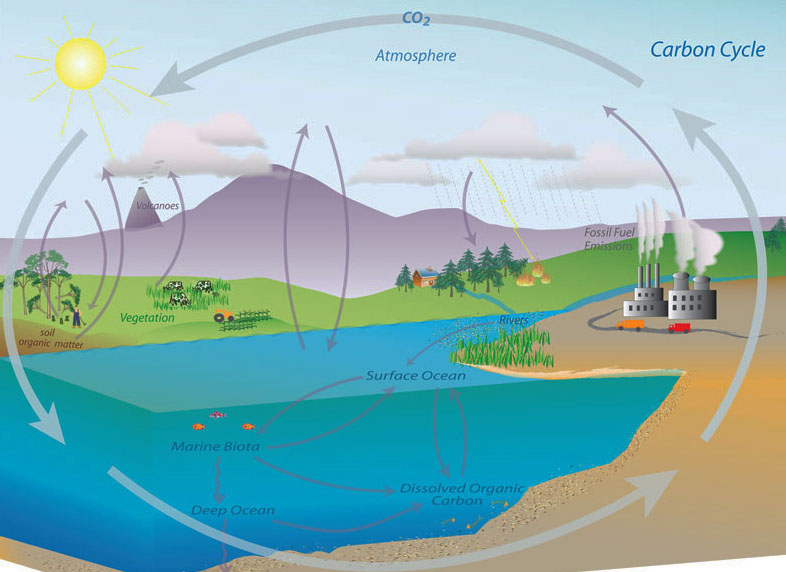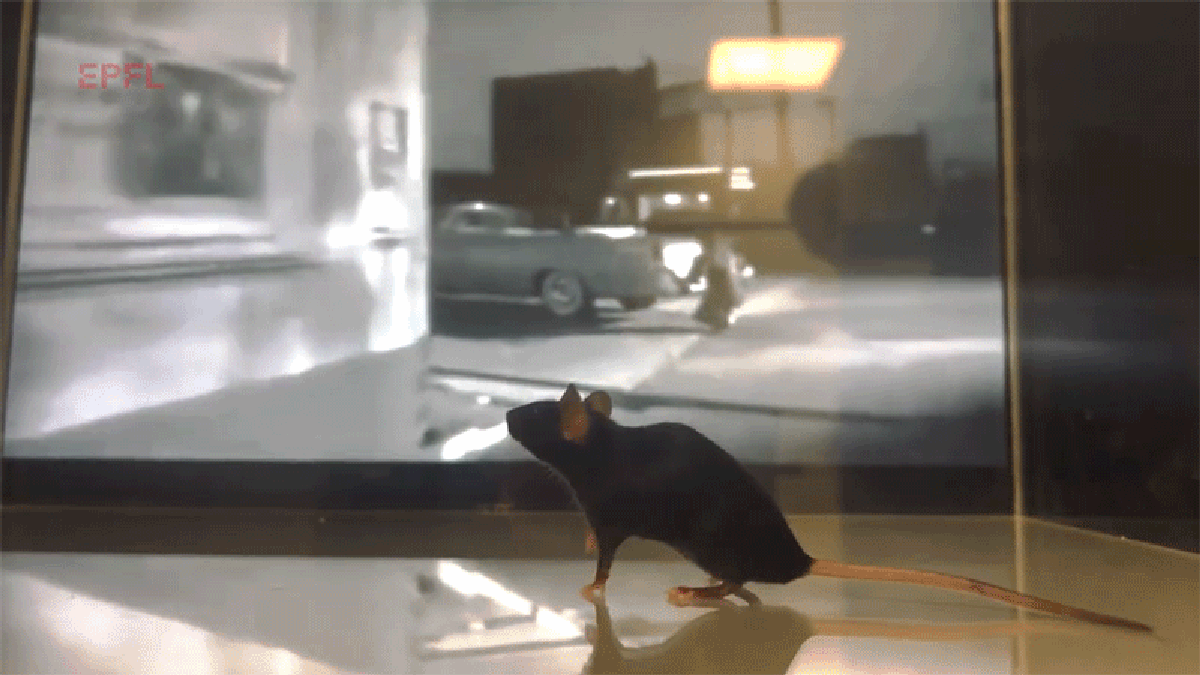A new study reports conclusive evidence for the breakdown of standard gravity in the low acceleration limit from a verifiable analysis of the orbital motions of long-period, widely separated, binary stars, usually referred to as wide binaries in astronomy and astrophysics.
The study carried out by Kyu-Hyun Chae, professor of physics and astronomy at Sejong University in Seoul, used up to 26,500 wide binaries within 650 light years (LY) observed by European Space Agency’s Gaia space telescope. The study was published in the 1 August 2023 issue of the Astrophysical Journal.
For a key improvement over other studies Chae’s study focused on calculating gravitational accelerations experienced by binary stars as a function of their separation or, equivalently the orbital period, by a Monte Carlo deprojection of observed sky-projected motions to the three-dimensional space.
Chae explains, “From the start it seemed clear to me that gravity could be most directly and efficiently tested by calculating accelerations because gravitational field itself is an acceleration. My recent research experiences with galactic rotation curves led me to this idea. Galactic disks and wide binaries share some similarity in their orbits, though wide binaries follow highly elongated orbits while hydrogen gas particles in a galactic disk follow nearly circular orbits.”
Also, unlike other studies Chae calibrated the occurrence rate of hidden nested inner binaries at a benchmark acceleration.
The study finds that when two stars orbit around with each other with accelerations lower than about one nanometer per second squared start to deviate from the prediction by Newton’s universal law of gravitation and Einstein’s general relativity.
For accelerations lower than about 0.1 nanometer per second squared, the observed acceleration is about 30 to 40% higher than the Newton-Einstein prediction. The significance is very high meeting the conventional criteria of 5 sigma for a scientific discovery. In a sample of 20,000 wide binaries within a distance limit of 650 LY two independent acceleration bins respectively show deviations of over 5 sigma significance in the same direction.
Because the observed accelerations stronger than about 10 nanometer per second squared agree well with the Newton-Einstein prediction from the same analysis, the observed boost of accelerations at lower accelerations is a mystery. What is intriguing is that this breakdown of the Newton-Einstein theory at accelerations weaker than about one nanometer per second squared was suggested 40 years ago by theoretical physicist Mordehai Milgrom at the Weizmann Institute in Israel in a new theoretical framework called modified Newtonian dynamics (MOND) or Milgromian dynamics in current usage.
Moreover, the boost factor of about 1.4 is correctly predicted by a MOND-type Lagrangian theory of gravity called AQUAL, proposed by Milgrom and the late physicist Jacob Bekenstein. What is remarkable is that the correct boost factor requires the external field effect from the Milky Way galaxy that is a unique prediction of MOND-type modified gravity. Thus, what the wide binary data show are not only the breakdown of Newtonian dynamics but also the manifestation of the external field effect of modified gravity.
On the results, Chae says, “It seems impossible that a conspiracy or unknown systematic can cause these acceleration-dependent breakdown of the standard gravity in agreement with AQUAL. I have examined all possible systematics as described in the rather long paper. The results are genuine. I foresee that the results will be confirmed and refined with better and larger data in the future. I have also released all my codes for the sake of transparency and to serve any interested researchers.”
Unlike galactic rotation curves in which the observed boosted accelerations can, in principle, be attributed to dark matter in the Newton-Einstein standard gravity, wide binary dynamics cannot be affected by it even if it existed. The standard gravity simply breaks down in the weak acceleration limit in accordance with the MOND framework.
Implications of wide binary dynamics are profound in astrophysics, theoretical physics, and cosmology. Anomalies in Mercury’s orbits observed in the nineteenth century eventually led to Einstein’s general relativity.
Now anomalies in wide binaries require a new theory extending general relativity to the low acceleration MOND limit. Despite all the successes of Newton’s gravity, general relativity is needed for relativistic gravitational phenomena such as black holes and gravitational waves. Likewise, despite all the successes of general relativity, a new theory is needed for MOND phenomena in the weak acceleration limit. The weak-acceleration catastrophe of gravity may have some similarity to the ultraviolet catastrophe of classical electrodynamics that led to quantum physics.
Wide binary anomalies are a disaster to the standard gravity and cosmology that rely on dark matter and dark energy concepts. Because gravity follows MOND, a large amount of dark matter in galaxies (and even in the universe) are no longer needed. This is also a big surprise to Chae who, like typical scientists, “believed in” dark matter until a few years ago.
A new revolution in physics seems now under way. Milgrom says, “Chae’s finding is a result of a very involved analysis of cutting-edge data, which, as far as I can judge, he has performed very meticulously and carefully. But for such a far-reaching finding—and it is indeed very far reaching—we require confirmation by independent analyses, preferably with better future data.”
“If this anomaly is confirmed as a breakdown of Newtonian dynamics, and especially if it indeed agrees with the most straightforward predictions of MOND, it will have enormous implications for astrophysics, cosmology, and for fundamental physics at large.”
Xavier Hernandez, professor at UNAM in Mexico who first suggested wide binary tests of gravity a decade ago, says, “It is exciting that the departure from Newtonian gravity that my group has claimed for some time has now been independently confirmed, and impressive that this departure has for the first time been correctly identified as accurately corresponding to a detailed MOND model. The unprecedented accuracy of the Gaia satellite, the large and meticulously selected sample Chae uses and his detailed analysis, make his results sufficiently robust to qualify as a discovery.”
Pavel Kroupa, professor at Bonn University and at Charles University in Prague, has come to the same conclusions concerning the law of gravitation. He says, “With this test on wide binaries as well as our tests on open star clusters nearby the sun, the data now compellingly imply that gravitation is Milgromian rather than Newtonian. The implications for all of astrophysics are immense.”
More information: Kyu-Hyun Chae, Breakdown of the Newton–Einstein Standard Gravity at Low Acceleration in Internal Dynamics of Wide Binary Stars, The Astrophysical Journal (2023). DOI: 10.3847/1538-4357/ace101





